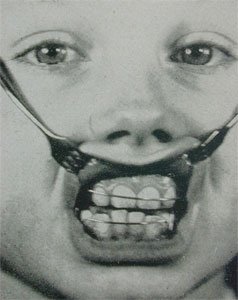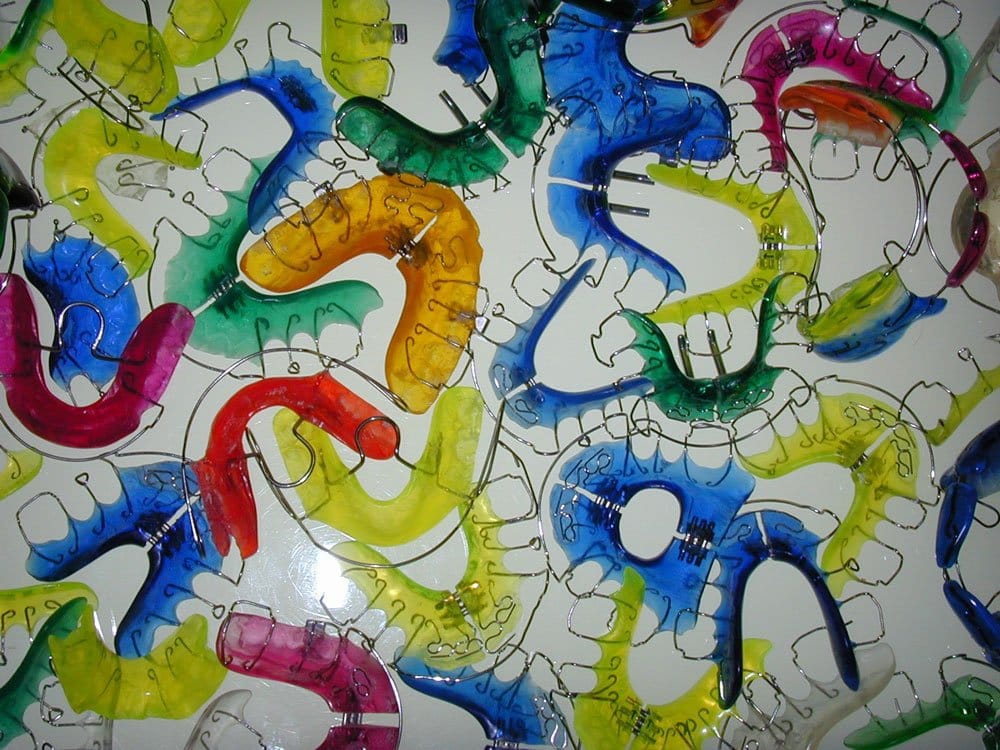An obsolete orthodontic appliance:
First introduced by Charles Nord in 1929 and later improved by A.M. Schwarz, this is a removable brace for just one jaw. It consists of a plastic body, wire fasteners and active components such as springs and screws.
With active plates, as with removable appliances, only very simple tooth movements are possible, so that they are only suitable for limited treatment tasks. Their use is even further limited because the appliances would have to be worn for more than 15 hours a day to get a good effect. In fact, wear-time assessment studies have shown that children do not wear these appliances for more than 10 hours a day because of the inevitable speech impairment
Since this appliance inevitably impedes speaking, it is almost always only worn at night which means that the teeth cannot be moved in a consistent way and, as a result, 30% – 50% of all treatment usually fails. Even if the active plate is worn for 16 hours a day as specified, any moving, lengthening or shortening of the teeth would be practically impossible, whilst any turning of the teeth would only be possible up to a point – but then only with the incisors and not with the posterior teeth. Yet, all these teeth movements are quite easy to achieve with a fixed brace.
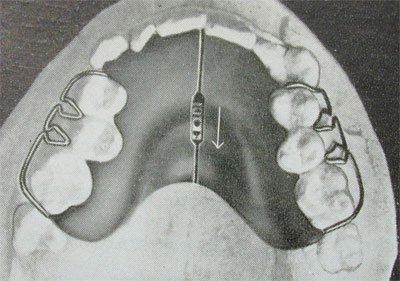
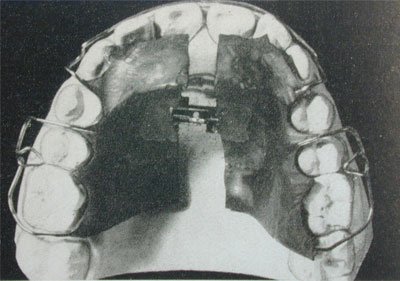
Every kind of treatment procedure can be carried out more effectively and more quickly with a fixed partial appliance – and they are more comfortable to wear for the patient. Even the so-called ‘stretching’ of the upper jaw shown in the photo above is usually just an unwanted outward tilting of the posterior teeth – if we want to achieve a real skeletal expansion of the upper jaw, then we would need to use Rapid Maxillary Expansion. The use of the Active Plate demands little knowledge and skill from the doctor. For this reason and also because orthodontists can earn more money from the German health insurance system by using removable braces, active plates are very popular with therapists although the enthusiasm of younger patients for these devices generally only lasts about 1-2 months. After this time, the plate is usually relegated to the trouser pocket. So, it is a good thing then that, in addition to using the ‘little plate’, a second phase of treatment with a fixed brace is also usually scheduled. Although it would actually be more honest to just do away with the active plate altogether and not replace it with anything. The active plate is basically an obsolete appliance that should no longer be used.
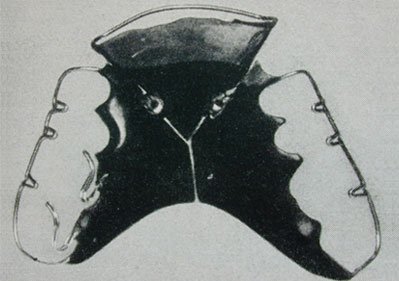
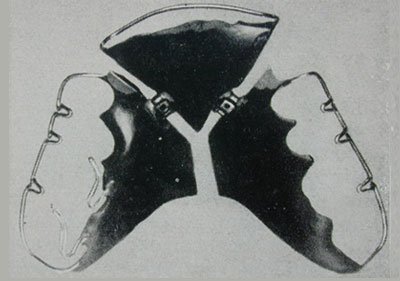
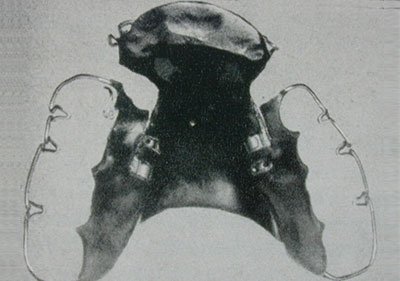
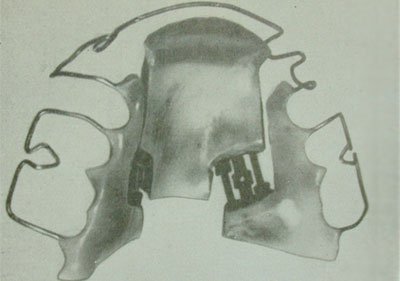
Could it be any bigger? Two nice special versions of the active upper-jaw plate
Given this background, there is no longer any justification today for using the active plate. However, in spite of the fact that it goes against all the scientific knowledge, this brace is still being used very frequently for children and young people in Germany. And it is the younger patients who have to pay for this contradiction, not to mention the health insurance companies who spend so much money on unnecessary treatment procedures.
Although the active plate is generally available in all sorts of nice colors today and can even be printed with your favorite football club’s logo, this doesn’t alter the fact that this appliance is not an appropriate means for carrying out orthodontic treatment today.
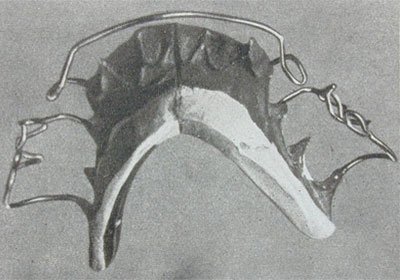
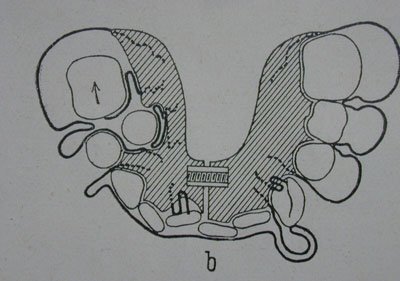
Design drawing of a particularly beautiful, if somewhat baroque-overloaded lower jaw plate – should children really use them in their daily lives?
A tip for parents: When searching for an orthodontist please have a close look on their websites, whether they emphasize the treatment with active plates and other removable appliances and present a lot of information about these appliances. This is the reason to suspect that these orthodontists work inefficiently – to the detriment of your children.
